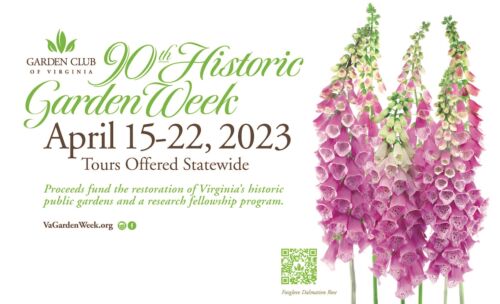Founded in 1920, the Garden Club of Virginia (GCV) promotes the conservation of natural resources and encourages beautification of the environment. “Members of the GCV strive for a greener, more enjoyable Virginia for all to appreciate,” says Debbie Lewis, the statewide organization’s president. “Our mission is even more critical today than it was a century ago.”
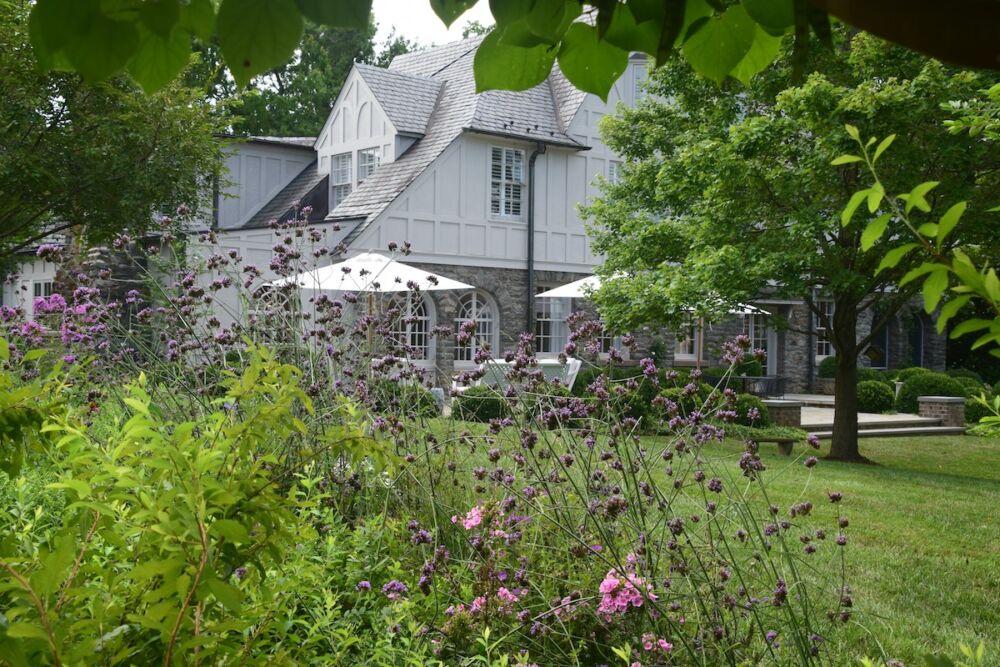
Historic Garden Week, the organization’s signature fundraiser, celebrates its 90th anniversary this April. More than 25,000 people are expected to attend. The GCV’s flagship event was recently endorsed by the Virginia Green Travel Alliance, a non-profit organization created by the Virginia Tourism Corporation, the Virginia Department of Environmental Quality, Virginia State Parks, and the Virginia Restaurant Lodging & Travel Association.
Proceeds from the nation’s only statewide house and garden tour are earmarked to restore and preserve Virginia’s historic public gardens and, for more than 25 years, have also supported fellowships in landscape architecture. The tours contribute an estimated $12.5 million to the state’s economy annually and provide gardening inspiration to thousands of visitors.
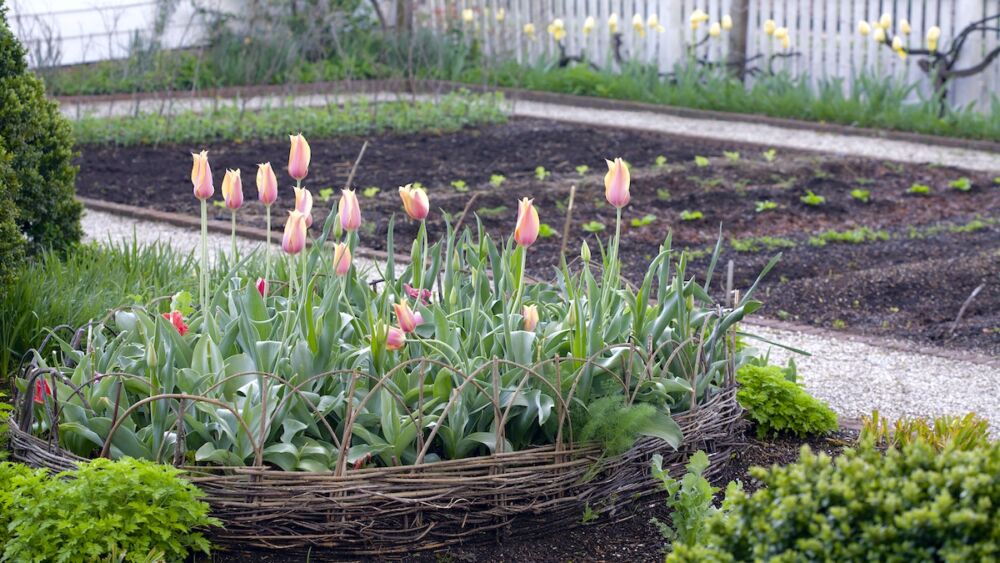
“Tour-goers can learn about sustainable and environmentally friendly garden practices,” Fran Carden, the event’s chairman, explains. “Many tours offer education about conservation easements, native plants or composting, and several tours give away hundreds of tree saplings through our long-standing partnership with Bartlett Tree Experts,” she continues.
In addition to the private properties that ticket holders will have access to, Garden Club of Virginia volunteers will design more than 1,000 spectacular floral arrangements to decorate showcased interiors as well as featured exteriors. GCV members provide not only their time and talents to organize Historic Garden Week tours, but they also share the bounty of their own gardens for this statewide floral fest. “Our members are keen to use native and seasonal plant materials in their arrangements,” explains Cathy Lee, GCV’s Artistic Design Chair. “And we promote those efforts.”
“They have pared back the use of oasis and substitute with environmentally friendly options such as chicken wire,” Lee points out. The GCV has created a list of native and non-invasive materials to consider for Historic Garden Week arrangements. (Click here for the guide.) “The arrangements are just stunning,” Lee shares. “We have visitors who buy tickets just to see the Instagram-worthy floral designs created by our talented members,” she adds.
With tours offered in Virginia communities both large and small, urban, and rural, there is something for everyone. “Visitors travel from all over the world to enjoy Virginia during the peak of springtime blooming,” Debbie Lewis notes. “Whether you have come to see formal gardens or fields of wildflowers, Historic Garden Week is inspiring for all.”
12 Simple Ways to Make Your Garden More Green
With Earth Day marking the last day of Historic Garden Week this spring, here are 12 ways to protect the environment through gardening:

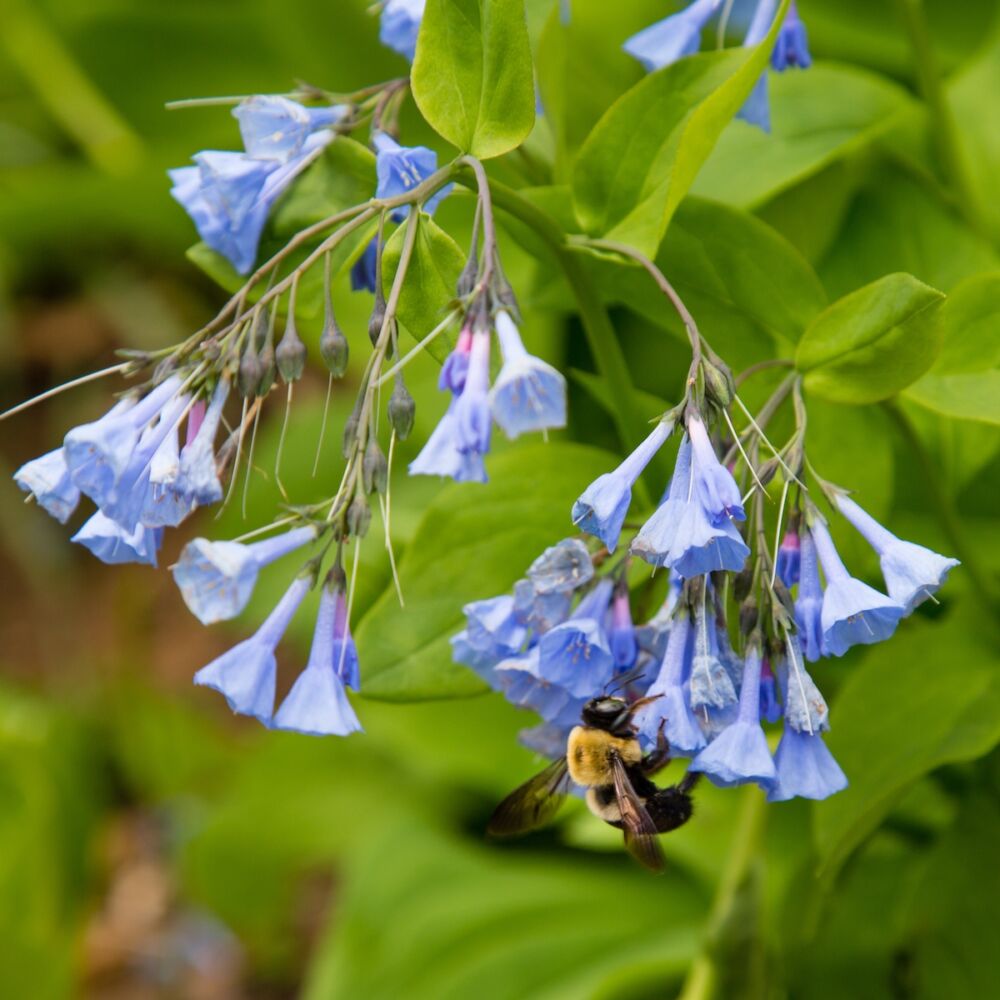
1 – Conserve water, one of our most precious resources, by making sure you aren’t using too much of it. Water during the cooler parts of the day to minimize evaporation from heat. Consider installing a rain barrel to collect rainwater to water plants.
2 – Mulch. It helps garden beds retain moisture, reduces water waste, and suppresses weeds. Mulching open patches in your landscape with organic material, like shredded bark, leaves or wood chips, also prevents erosion.
3 – Saving seeds is a cost-effective and responsible way to contribute to your local ecosystem. Collect seeds from dried flower heads, saving them in a cool dry place to improve germination the next year. Share with friends and neighbors to broaden the impact of this simple act.
4 – When designing a new garden or adding plants to an existing one, choose the right plants for the right location. Climate appropriate or native plants will grow better with less work and resources.
5 – Consider implementing the idea of succession planting. Not only is it beautiful to have different things blooming continuously throughout the growing season, but this methodology also ensures your garden will supply a steady source of food for pollinators and other wildlife.
6 – Grow your own food. Whether you have room for fruit trees and a large vegetable garden or a few pots of herbs, growing your own organic produce is a healthy part of a sustainable lifestyle.
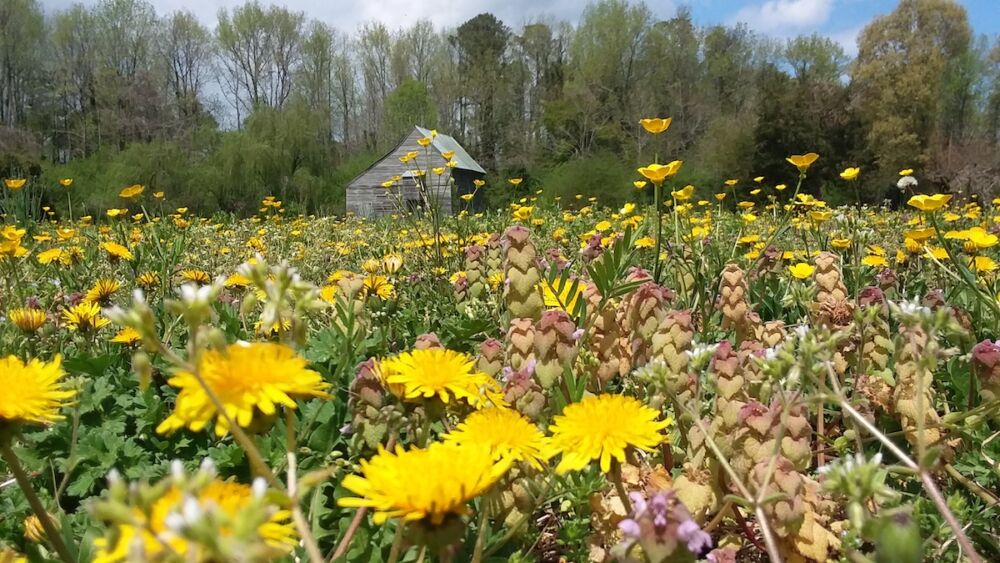
7 – Reduce the amount of lawn in your landscape. Traditional grass lawns use an extraordinary number of resources. Weed-free lawns are as useful to essential pollinators as an asphalt parking lot. Replace grass with other types of groundcovers and wildflowers or increase the size of your flower or vegetable beds, reducing the use of grass.
8 – Plant trees. They help purify the air and provide food and necessary habitats for local wildlife. Tree canopies create natural shade and protection for humans and animals alike.
9 – Native plants require less maintenance and are more likely to thrive. They grow better with less work and attract local wildlife. When designing an outdoor space, select plants indigenous to your area that will attract beneficial insects, like pollinators.

10 – Consider companion planting, or as the adage goes, “what grows together, goes together.” That’s why tomatoes and basil taste so good together. Leverage natural symbiotic relationships to help your garden thrive. For example, daylilies planted near lettuce protect it from nibbling bunnies. Many flowers are natural pest repellents. Try nasturtiums near kale, and calendula beside broccoli.
11 – Avoiding pesticides creates a safer lawn and garden for your family and pets. Many fertilizers and herbicides can be harmful to the ecosystem. They can mix with rainwater and seep into the ground or leech into nearby streams and rivers, polluting the water. Don’t rely on synthetic or artificial fertilizers. Buy organic options like bone meal, cow manure and worm castings.
12 – If you have the space and time, make your own compost by converting organic kitchen scraps, dried leaves, garden trimmings and mowed grass into nutrient-rich food for your soil.
For descriptions of all the 2023 Historic Garden Week tours taking place April 15-22, including the showcased properties, Read the 2023 Historic Garden Week Guidebook.
Sponsored by Garden Club of Virginia’s Historic Garden Week
By Karen Cauthen Ellsworth, Director of Historic Garden Week

